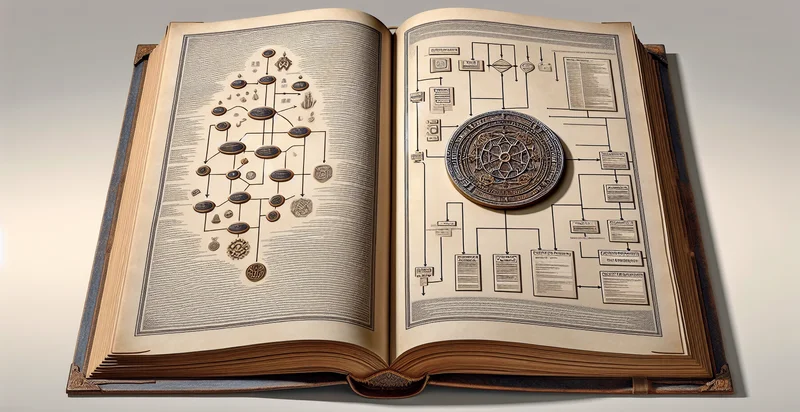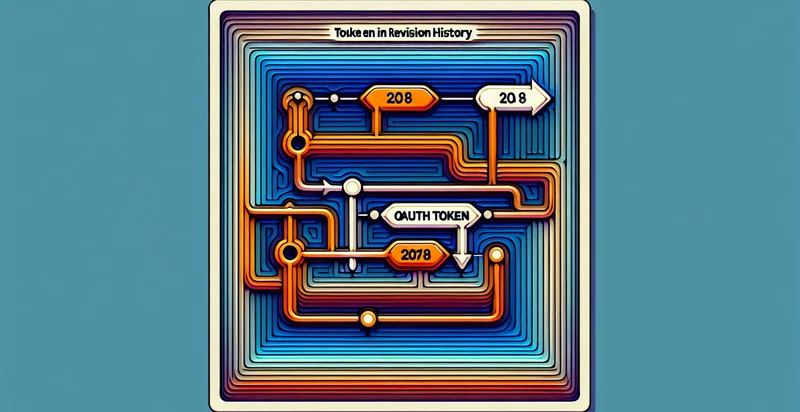Identify is there a revision history
using AI
Below is a free classifier to identify is there a revision history. Just upload your image, and our AI will predict if there is a revision history - in just seconds.

Contact us for API access
Or, use Nyckel to build highly-accurate custom classifiers in just minutes. No PhD required.
Get started
import nyckel
credentials = nyckel.Credentials("YOUR_CLIENT_ID", "YOUR_CLIENT_SECRET")
nyckel.invoke("is-there-a-revision-history", "your_image_url", credentials)
fetch('https://www.nyckel.com/v1/functions/is-there-a-revision-history/invoke', {
method: 'POST',
headers: {
'Authorization': 'Bearer ' + 'YOUR_BEARER_TOKEN',
'Content-Type': 'application/json',
},
body: JSON.stringify(
{"data": "your_image_url"}
)
})
.then(response => response.json())
.then(data => console.log(data));
curl -X POST \
-H "Content-Type: application/json" \
-H "Authorization: Bearer YOUR_BEARER_TOKEN" \
-d '{"data": "your_image_url"}' \
https://www.nyckel.com/v1/functions/is-there-a-revision-history/invoke
How this classifier works
To start, upload your image. Our AI tool will then predict if there is a revision history.
This pretrained image model uses a Nyckel-created dataset and has 2 labels, including No There Is No Revision History and Yes There Is A Revision History.
We'll also show a confidence score (the higher the number, the more confident the AI model is around if there is a revision history).
Whether you're just curious or building is there a revision history detection into your application, we hope our classifier proves helpful.
Related Classifiers
Need to identify is there a revision history at scale?
Get API or Zapier access to this classifier for free. It's perfect for:
- Document Management System: The revision history identifier can be used in a document management system to track changes made to important files. By recognizing documents that have undergone revisions, organizations can maintain compliance and ensure that users are accessing the most current and accurate information.
- Version Control for Software Development: In software development, identifying whether code files have a revision history is crucial. This feature can help developers manage changes, collaborate more effectively on projects, and facilitate debugging by taking advantage of the historical context in which alterations were made.
- Academic Research Tracking: Research institutions can leverage this function to monitor changes to research papers and grant proposals over time. By identifying documents with a revision history, researchers can ensure they cite the most up-to-date versions and contributors can track the evolution of ideas and findings.
- Legal Document Review: Law firms can utilize the revision history identifier to keep track of changes in legal documents, such as contracts and briefs. This is essential for ensuring accuracy, understanding the legal implications of changes made, and maintaining a clear audit trail during negotiations or litigation.
- Digital Content Management: Content creators and marketers can employ the identifier to manage changes made to digital assets, such as articles, videos, and social media posts. Understanding the revision history allows teams to assess the evolution of content strategy and ensure branding consistency across platforms.
- E-learning Platforms: Educational institutions can use the revision history identifier to track changes made to course materials and assessments. By analyzing which revisions correlate with student performance, educators can refine educational content and improve learning outcomes effectively.
- Customer Relationship Management (CRM): CRMs can implement the function to monitor revisions in client documentation and correspondence. By retaining a history of changes, sales teams can better understand customer interactions over time, improving relationship management and service delivery.


